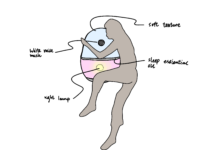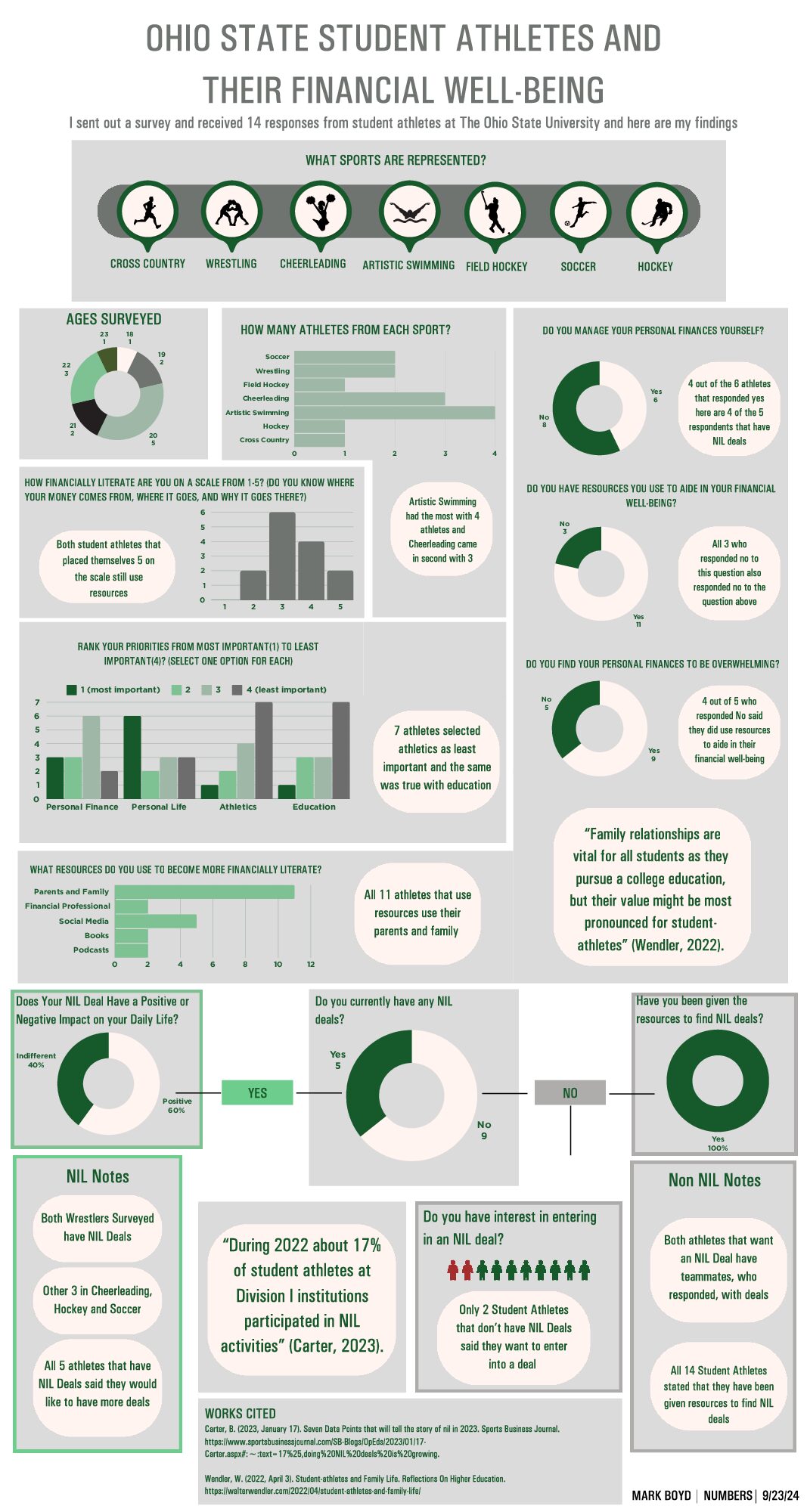Designers tasked to come up with innovative ideas have to keep track of what is trending and where the creative opportunities are.

As innovators, great designers usually fall into the “Early Adopters” category—big risk takers in uncharted territory. Let’s look at some creative opportunities and emerging technologies and why, in order to design the future, designers need to think beyond the screen into new realities.
Artificial intelligence (AI) is giving a computer or computer-controlled device the ability to perform intelligent tasks such as reasoning or learning from experience.
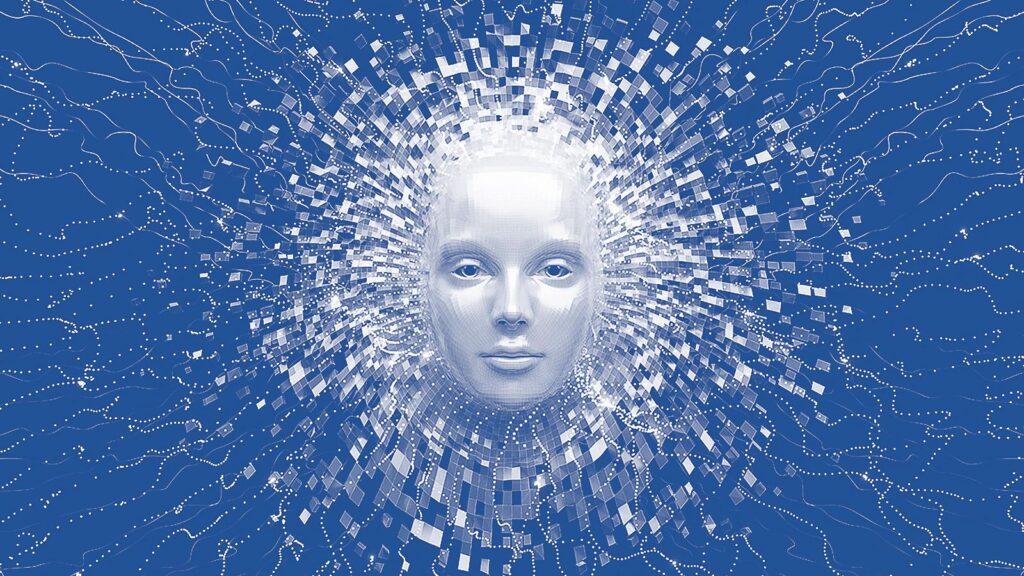
Artificial intelligence experts leverage AI technology to create dynamic user interfaces, personalizing each user experience by analyzing every interaction within an app or a website.

What was science fiction news some years ago is now becoming a reality. Wheelys’ Moby-Mart is a self-driving store with a holographic shop assistant that is likely to change the world of eCommerce design.
The next generation of eCommerce designers will need multi-specialization in both physical and digital spaces.

The intelligence built within each autonomous vehicle allows it to make all the right decisions for us—everything from the most optimal routing to human safety concerns. The creation of such complex design systems is creating a product template that will start a new wave of products designed outside the transportation vertical.
Augmented reality (AR) acts as a virtual layer on top of the world in front of you, and is in a new age of discovery and innovation.

A great example of a perfect combination between AI and AR is with Apple’s Animoji, animated emoji for the iPhone X. According to Apple, Animoji is “custom animated messages that use your voice and reflect your facial expressions.”
In the next five years, AR will be better integrated with our everyday lives, merging our physical and digital worlds with new wearable products. “The future of productivity is spatial,” said Meta when introducing their AR Workspace. In the future, wearable hardware will enable employees to work hands-free.
As part of its concept kitchen, IKEA is developing a smart table that suggests recipes based on the ingredients placed on it.

Such immersive experiences are in direct competition with mobile apps that will soon seem outdated due to their more restricted capabilities.
Augmented reality can also be used for knowledge transfer, such as training in industrial environments.
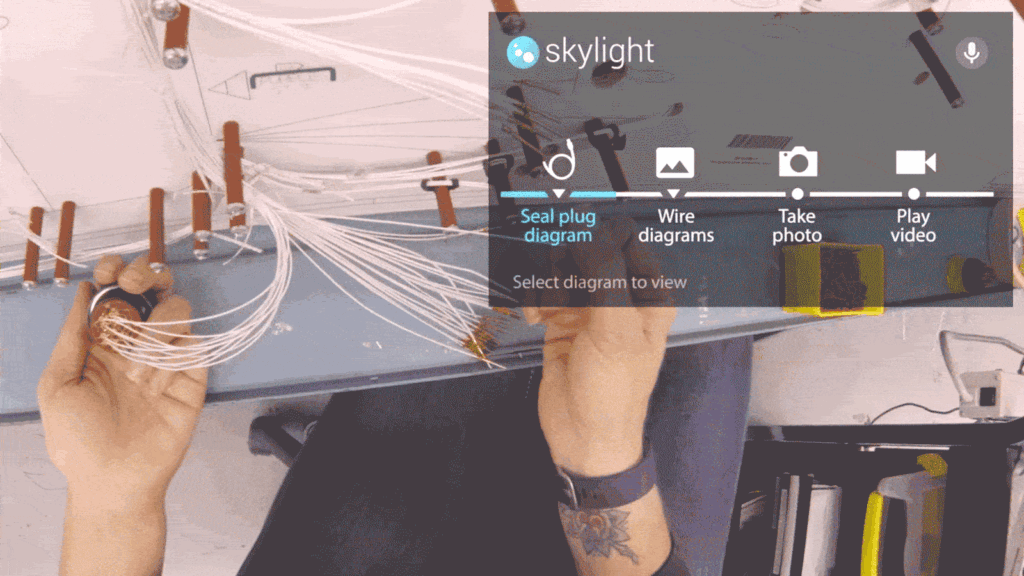
From a usability perspective, designers need to consider not only what the system presents to the user visually, but also how the brain interprets complex information overlapping the actual reality.
Microsoft HoloLens mixed reality blends 3D holographic content with the physical world, giving holograms real-world context and scale. MR technology mixes and blends a person’s physical surroundings with objects from the physical and digital world together. Using this MR technology, we can interact with both digital content and the world around us as well as interact with 3D holographic projections.
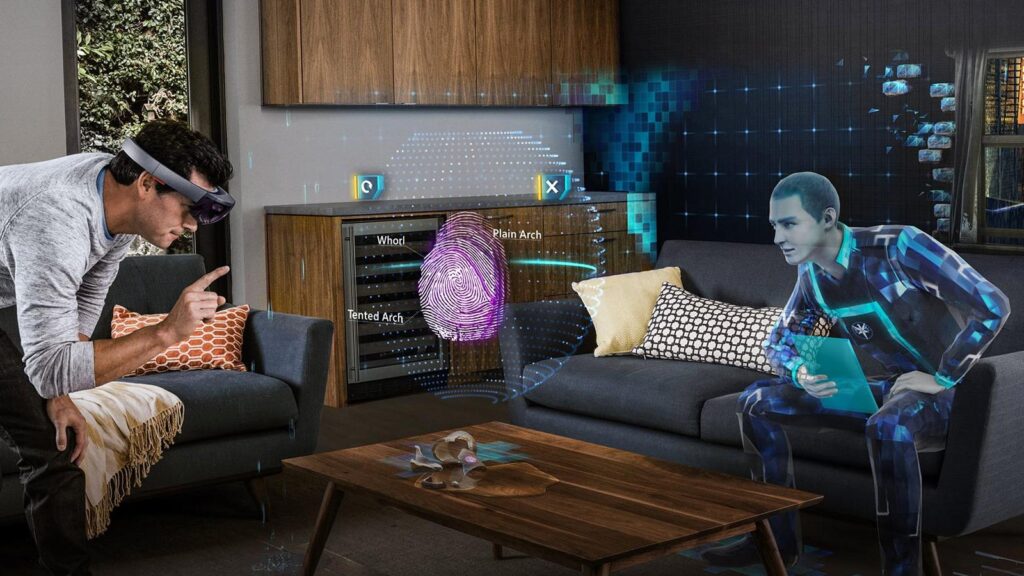
MR and VR applications give new creative freedom to designers. We can create experiences where users can interact with products virtually and visit distant environments, historical events, concerts, and much more. Within the virtual or mixed realities that we create, we can bend the laws of physics with endless possibilities and experience the world like never before.
An effective use of virtual reality design and marketing allows brands to leverage the following design components:
- A well thought-out creative strategy
- Application of usability best practices
- Strong narrative and storytelling
- Ergonomic information presentation
- Compelling visual design and simulations
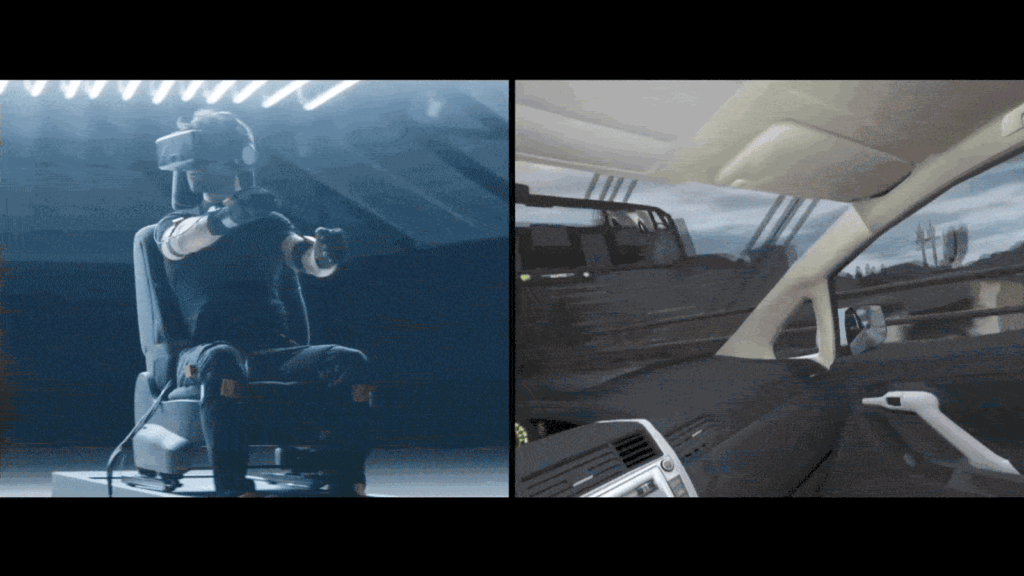
Recent developments in AI, particularly deep learning, that foster real-time image and speech recognition have helped combine VR and AI for new applications. The future of product design will need to account for the combination of all three of these technologies. Notable examples are Eolian applications that use AI technologies to reduce human error rates through AR and VR simulations of dangerous tasks.

The future may be called hyper reality—a combination of AI, AR, VR and MR.

New technologies come with many unknowns, creating a need for establishing best practices, standards, and design patterns. It’s assumed that this is why UX designers will have long-term job security in the coming years.
Reflexive Analysis
With some detective work I was able to look at the comments and find that this article is at least five years old. This is relevant because over the last five years many of the predictions made here turned out to be true! Not only this, but many VR/AR/MR-adjacent technologies have been developed and are pushing research and discovery into growing at an exponential rate. I feel we are approaching a technological singularity, but what happens to business and work when tech eventually can do it all? A world where we have developed VR technology so immersive it is indistinguishable from real life isn’t hard to imagine – that world may be closer than we think!
As “professional creatives” is this tech something we should fear? Are we secure in our jobs because our work involves something a machine cannot do? What can a machine do? Five years ago you would never be able to convince me that we would soon develop an AI that creates an image from an input prompt so effortlessly and beautifully that it is winning prizes in human art contests (story here).
Bharadwaj, Himanshu. "New Realities: VR, AR, MR, and the Future of Design." Toptal, Du Val, www.toptal.com/designers/product-design/vr-ar-mr-the-future-of-design. Accessed 23 Sept. 2022.


